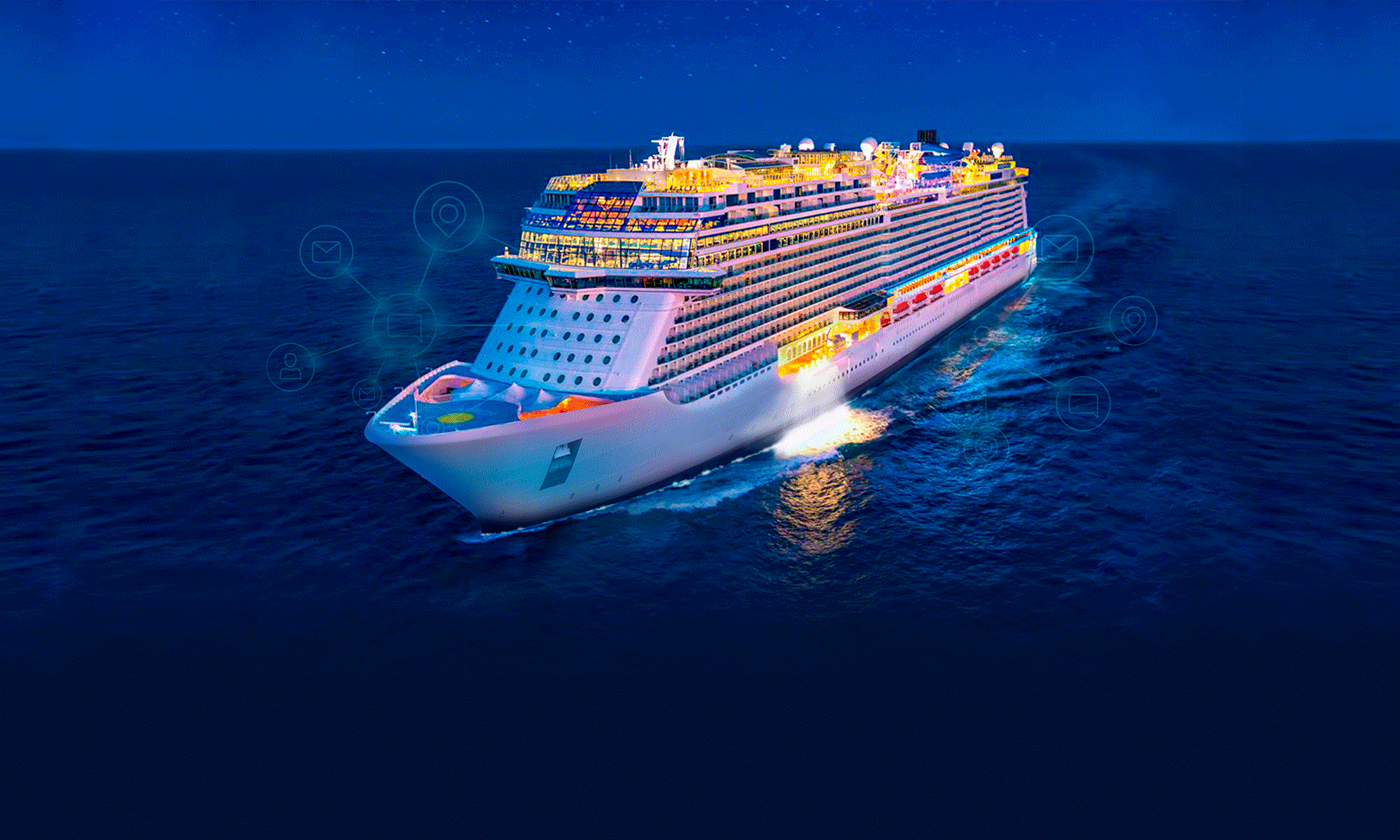We all know the heavy toll that the Covid-19 pandemic took on the travel and tourism industry in general, and the cruise ship industry in particular. The cruise industry took a hit in terms of revenue, and the negative health impacts it had on both passengers and hospitality employees. But thankfully, things are finally turning a corner. Bookings have seen a resurgence, and so have the share prices of some of the biggest cruise operators.
The worst of the pandemic is behind us, but the Covid-19 virus continues to be a problem, especially in places where people tend to congregate. Vaccinations have helped, but it is still incumbent upon cruise lines to manage the risk of a potential outbreak on their cruise ships by enhancing health protocols.
The industry has been at the forefront of leveraging the latest contact-tracing solutions, most notably in wearable technology. With this solution in place, health authorities aboard cruise ships are able to monitor Covid-19 outbreaks much better. Ship officials can issue notifications to guests who may have had contact with an infected person, allowing them to isolate themselves in their rooms without the entire ship having to endure a vacation-ruining lockdown.
For such a health protocol to be effective, each passenger and crew member must have a wearable device – like a smart wristband, for example – while on board a cruise ship. The wearable device keeps track of a person’s movements and their contacts with others in a certain area at a certain time. If someone falls ill with Covid-19-like symptoms, the data that their wearable device has collected helps health authorities narrow down who might have been exposed to the virus as well. These devices, used in conjunction with video surveillance and analytics software, can be deployed to enhance the effectiveness of contact tracing.
From Health Tracking to Enhancing UX
Wearable technology on cruise lines goes far beyond health screening and contact tracing. It’s also being leveraged to enhance the passenger experience. Some cruise lines have outfitted their ships with thousands of sensors that operate over next-gen Near Field Communication (NFC) networks. Guests are offered NFC-connected smart wristbands (usually at a cost of $5) that allow them to make onboard payments, access areas reserved for exclusive members/VIPs, keep tabs on their family members’ location, and unlock their cabin doors.
Anyone who’s taken a cruise knows what a hassle the pre-boarding process can be. To mitigate the long lines and wait times at terminals, many cruise lines now offer a ‘mobile boarding’ feature via their smartphone app. This allows for a smoother boarding process, eliminates the need for an army of reception staff, and allows cruise ship employees to focus on other tasks.
Wearable technology has long been used in hospitals but has only begun to reach its full potential in the hospitality industry. Aside from being a location analytics tool and digital wallet/keycard, some smart wristbands are being deployed to meet other needs, such as onboard communication. A few major cruise lines use our technology as a depository of a passenger’s medical records, and an instant messaging device, so cruise operators can send wireless communications at sea to all passengers.
Wearable technology has had a big impact on the cruise line industry, and is likely to become more ubiquitous across the hospitality, travel, and tourism sectors as customers demand more convenience and a personalized experience. So what’s next in the world of wearable tech? We can expect the big cruise operators to explore new ways to leverage technology to engage with their passengers, as they aim to add value and heighten satisfaction in the cruise vacation experience.
